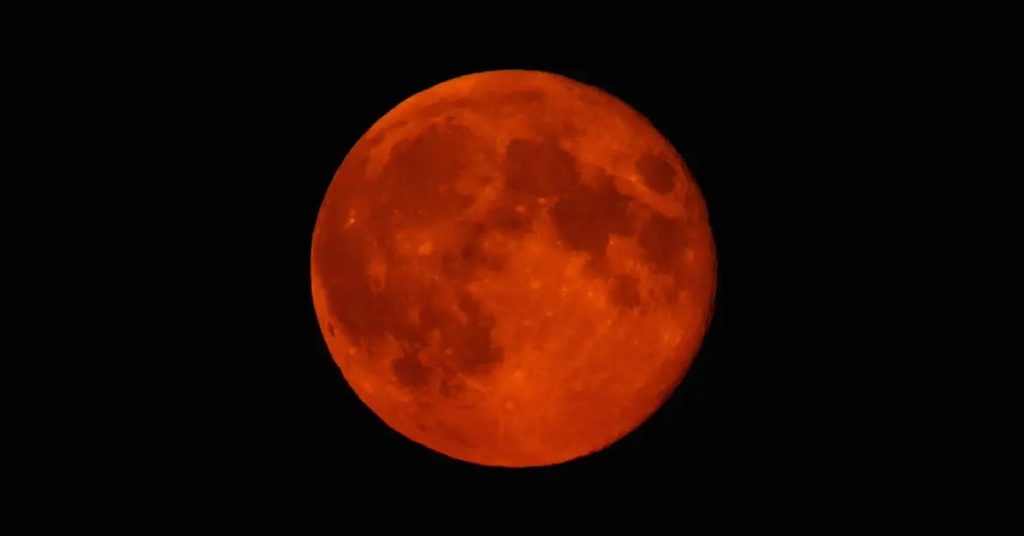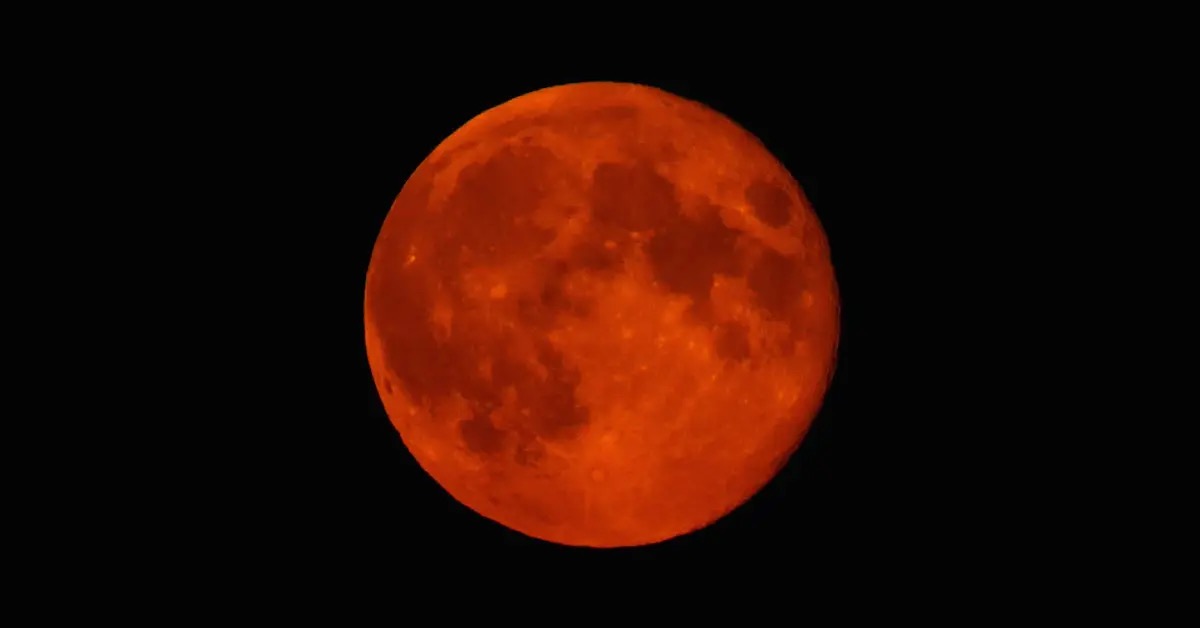by Sid Baglini
Sunday, July 21st
Time: At your convenience but after 9:30 PM if you want to see the Moon
The Full Moon never takes a vacation but this year, Walk When the Moon Is Full is taking one for two reasons. First, during these two months, many folks are on vacation including those who participate in our moonlit rambles and more importantly, those who lead the walks. More importantly, while the Full Moon will dutifully make its appearance, it is so laid back at the height of summer that it doesn’t show its beautiful face above the horizon until after 9 P.M. and by the time it is visible above the trees it’s closer to 9:30. Consequently, our walks can’t even begin until after many folks have called it a night. So, we will suspend our outings for July and August but that doesn’t mean you can’t “do it yourself”, or even better, “do it together” by gathering family or friends. Wherever you may be, take a stroll under these two lunar light shows. Even if you can’t make it on the exact date, you will find it just as satisfying the day before or after.
We’ll be back in September and look forward to seeing you then!

July 21st: THE BUCK MOON
The Full Buck Moon is named for the growing velvet covering on the antlers that distinguish the males in the deer population. Actually, a doe can grow antlers but it is rare–about one in ten thousand. Calcium deposited under the velvet is what causes the antler, which is bone, to grow. It is not the same as a cow’s horn which is made of keratin like our fingernails. Deer antlers can grow 1⁄4 inch per day making it the fastest growing animal tissue. When antlers begin to grow is dependent on the amount of daylight, not the warming temperatures of spring.
As always, there are other names relating to animals and their activities including the Feather Moulting Moon, when birds shed feathers following the breeding season, and the Salmon Moon which marked their return to rivers and streams to lay eggs. Other names reflect the peak of the growing season including the Berry Moon, specifically the Raspberry Moon and the Ripe Corn Moon. Some indigenous people referred to it as The Half Summer Moon, a rather sobering thought as we watch our days growing shorter following the summer solstice on June 21st. We can’t forget the Thunder Moon which combines a frequent warm weather event with the height of the summer lunar display.
July combines 3 meteor showers although none of them peak on the 21st. The Southern delta Aquariids starts on the 18th and ends August 24th, but it peaks on July 29-30. Concurrent is the alpha Capricornids extending from July 7th to August 15th. And then there’s the all-star Perseids starting July 14th and ending on September 1st, but its peak is on August 12-13. Under optimum viewing conditions (not available in the Borough) and in a normal year, Perseids can range from 50-75 meteors per hour. Even if you only catch sight of a few of these “shooting stars”, which are actually more like dust particles burning up in the atmosphere, it is worth an hour or so on a blanket or reclining beach chair. Pick the darkest spot you can find and give your eyes 20 minutes or so to adjust to the dark.
